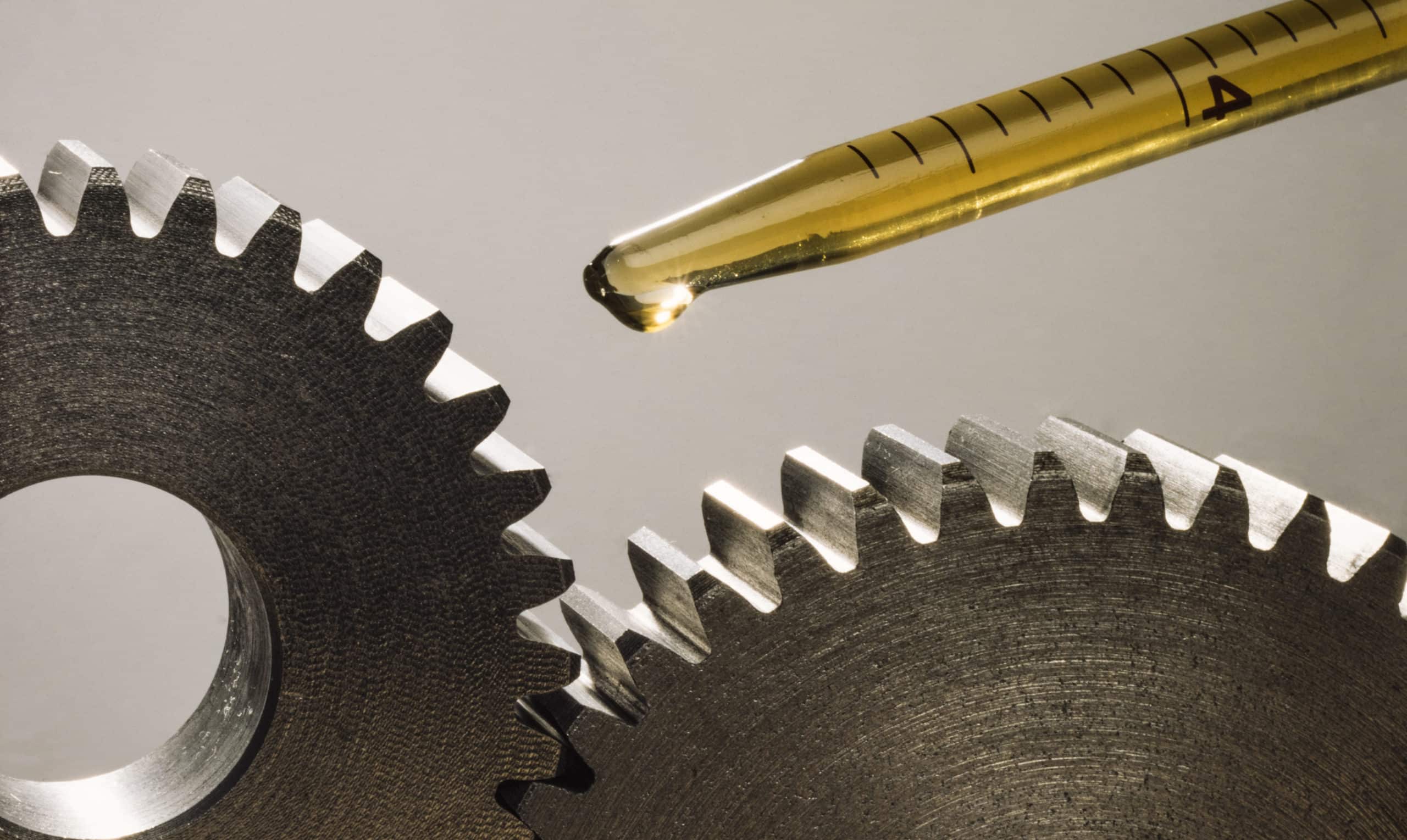Are you unsure if lubrication is a necessary component in your maintenance program? If so, it may be well worth your time to make sure your lubrication knowledge is up to date.
At manufacturing facilities from the steel industry to food and beverage and everything in between, there are key lubrication fallacies that can have extreme consequences on production—even though they are easily remedied. Arming yourself with a simple awareness of the truth and a concise game plan can help you reap incredible rewards from your equipment lubrication processes.
Fallacy #1: Lubricating industrial equipment is simple and easy.
Fact: Equipment lubrication is a highly detailed and complex process. There is an old saying that “oil is oil and grease is grease.” This couldn’t be further from the truth. There are an endless amount of possibilities for lubricant formulations and each one is slightly different and affects the machine in its own way. The process is further complicated by proper application of lubricant, and the skill level and qualifications of your lubrication personnel.
So how do you determine what lubricant goes where, and how to apply? The “rights” of lubrication spell it out: put the right lubricant, in the right place, in the right volume, at the right frequency, and using the right procedure. Taking the time to assess and make changes in your lubrication process is vital—it only takes one step in the task to miss the mark and the entire system comes crashing down.
Fallacy #2: Lubrication is a low priority.
Fact: Lubricating industrial equipment has a significant impact on operational excellence. There’s a misunderstanding in manufacturing that the role lubrication plays in industrial facilities is relatively minor, and therefore doesn’t warrant special attention. What does research tell us?
The primary cause of friction and mechanical wear is poor lubrication. In fact, according to the OEM’s of machine components, improper lubrication leads to 43% of mechanical failures, 54% of bearing failures, 50% of roller bearing damage and 70% of equipment failures. The average industrial maintenance budget allocates only 1-3% on lubrication depending on the industry… but repairing the effects of friction and mechanical wear on industrial equipment costs the equivalent of 6% of the Gross Domestic Product (GDP). Applying that calculation to last year’s GDP results in losses of more than $1 trillion. How much of that loss comes from your organization?
Fallacy #3: Lubricating equipment is a heavy cost to my organization.
Fact: Lubrication is an investment that creates a substantial financial opportunity. Maintenance budgets remain on the chopping block. Everyone is trying to do more with less. Staffing levels are way down. Skilled positions are being lost to attrition. So naturally, wouldn’t it be great if you could just do more with what you already have? That’s precisely the opportunity that a properly managed lubrication program provides.
With lubrication best practices and appropriate management tools, industrial facilities are able to reduce unplanned downtime and reactive maintenance, eliminate the primary cause of equipment failure at its source, achieve higher productivity from existing equipment assets and personnel, and minimize oil waste and environmental costs. All of these “costs” instead should be seen as an investment opportunity in moving lubrication programs towards world-class with a significant return. Remarkable ROI has been generated in many of the world’s most successful programs, eclipsing the 1000% mark and being realized within the first six months.
Lubrication can be complicated. But by keeping yourself informed and making your lubrication program a priority, you’ll quickly see significant rewards. Learn more about lubrication facts and fallacies here. Need help creating or maintaining a quality lubrication program? Contact us to get started.


